My mate Tim has bought a camera. And he’s started asking my
advice about photography stuff. The fact that the b*stard’s bought a better
camera than mine hasn’t put me off trying to help out, but each time I consider
a question, I start coming back to basic skills that I feel every photographer
should learn, and these are far from techie or sexy or cutting edge. They
usually involve less buttons and lights than anyone with a new all-singing
all-dancing digital camera will want to be excited about. But some things don’t
really change, you know what I mean?
I’ll give you an example: Learn how to hold your camera steady.
No, really. I mean it! Look – you think you’re holding it steady now, but if there’s a little gust of wind from the right – there look, you’re all over the place. And what if the light drops? What’s the lowest shutter speed you feel comfortable hand holding? Yes, I know it depends on the lens, but let’s say for the sake of argument that it’s a 35mm. 1/50 second? 1/30? (sucks teeth in…) 1/8th?
Yes, yes, I hear you saying (or perhaps it’s just the tinnitus – a combination of 30 years drumming and wyrd practices affect me in diverse and wondrous ways), but that nice glossy camera magazine said that if the shutter speed dropped below the same number as the focal length of the lens then you should reach for your tripod.
Stuff and nonsense, I say. I said – oh, you can’t hear me; you’ve gone off to get your tripod, and don’t suffer from tinnitus. But… oops… you’ve missed the shot. That gorgeous light’s changed and moved on. And anyway, you could be forgiven for not always having your camera about your person, but who the hell carries around a tripod all the time ‘just in case’?
(Don’t bother replying if you do. You’re strange, and I’m not interested in the attachment to your anorak that enables you to do this. You probably carry condoms on you at all times in a secret pocket and have never needed those either)
Let me give you an example. You’re walking on the beach with your lady love, or in my case returning late from the supermarket with a mate, and you see this:
What’s the first thing that goes through your head? All right, the second, after “wow, look at that!” if it’s “bollocks; I wish I’d got my tripod here”, then shame on you. Personally, I was running across the sand thinking various things all at once: how many seconds/minutes have I got before I lose another f-stop of light? Should I sacrifice the wide angle composition for a portion of it on a much faster standard lens? And if so, can I change it quickly without getting sand on anything? If I fall while I’m running how can I pitch and roll so I keep the camera clear of the sand and salt water?
I decided the composition was key, so I opted to go for wide, giving me an open aperture of f4. Not ideal. And the maximum ISO of the camera I had in my hand at the time was 1600. Hmm. Again, could be better. With my mind switched to its own Auto mode, I found my thumb had flicked the lens to manual focus. Well, here goes.
Now, what if I want to shoot the sea itself – only reflected light from an already dark sky. Ah. Yes. Now we’re down to a couple of seconds. Well, let’s shoot it. I’ve hand held longer.
The light’s dropping by the second now. Just squeeze another couple off. I really want to get a sense of the patterns and movement of the water that I can more sense than see. I can feel it, and breathe it, but can I capture it? I know these last two shots must be running into a curious phenomenon that harks back to the age of film: reciprocity failure.
The brave souls amongst you who have switched their cameras to manual will have realised that calculating exposure is actually quite easy once you’ve got a starting point: it’s a linear relationship between aperture, shutter speed and film sensitivity. That is, until it gets dark. That’s when you discover there’s a point below which the film just stops being able to see properly. That cosy little linear relationship stops working. You find yourself giving it double, quadruple, ten times what it ought to need, and it gives back a different quality of reproduction, dreamy and slightly indistinct.
But back in’t days o’ film there were no such luxury. It were all guesswork an’ spell casting. It was Samhain (Hallowe’en to you), and I’d been out striding among the burial chambers on the island I’d been living on. Got back, couldn’t sleep, looked out the window and saw this:
First light on Celtic New Year. Damn! Had I got any film left? (If you’re genuinely wondering, I have to point out that the photo above is rather a strong clue to the answer…) I pulled the place apart and found the last one: 100 ASA Jessops cheapest slide film. I put it in my Olympus compact camera anyway, and stumbled back out. I was glad I did.
Months later when I got back to the mainland, I put all the films in, by which time this one was mixed in amongst the others. I couldn’t remember what I’d done with each, and my local Snappy Snaps could only process C41 in those days, so I took the brave decision to cross process the lot and just see what came out.
The results speak for themselves. Remember, these are shot on film, straight out of the camera, no photoshop. In fact, I think these are messily scanned in from 6x4 prints! I didn’t know anyone else who was doing landscapes on slide cross processed as neg, (and still don’t) but was so blown away by the exaggeration of the cloud subtleties and bonkers saturation, contrast and natural vignetting that I made it a study and trademark of my work back then.
None of which would have happened if I’d given up for lack of a tripod. Or, in fact, just gone back to bed, as I almost did, just through sheer exhaustion.
So how low can you go? Well I ran out of light on a shoot with the beautiful and talented Katie Buckhaven, most probably because she can talk for England. Yes, I know, this is me saying that, conjuring images of pots and kettles, but that’s what I mean. The pair of us were way too busy yakking, and not busy enough shooting. The setting wasn’t quite what I’d wanted it to look like anyway, and here we were in the pitch black, but I thought “well, she’s got the frock on now; let’s give it a go while we’re here”. So I braced myself against the wall and pressed the button.
The shortest of the shots was around 6 seconds. The longest? Something over 20. (Ask Katie - she was holding her breath the whole time. And she'll confirm it was a whole lot darker than this looks!) Yes, of course there's a dreamy and indistinct quality to it. But then what do you expect shooting in a haunted coastal castle at night? Personally I thought it made a nice contrast to some of the daytime shots we got. And yes, a tripod might have helped me keep the camera steady, but it wouldn’t have helped me focus in the dark with a completely manual lens on wide aperture. And it wouldn’t have stopped the wind blowing Katie’s hair. Nor her limbs and jaw shivering.
Nah, cameras are heavy enough. Frocks are bulky. Last thing I want to be carting around on the off chance is another heavy bulky piece of metal. You know, it’s been so long, I’m not even sure where my tripod is…
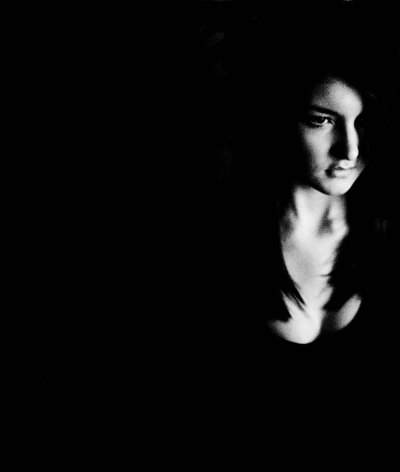
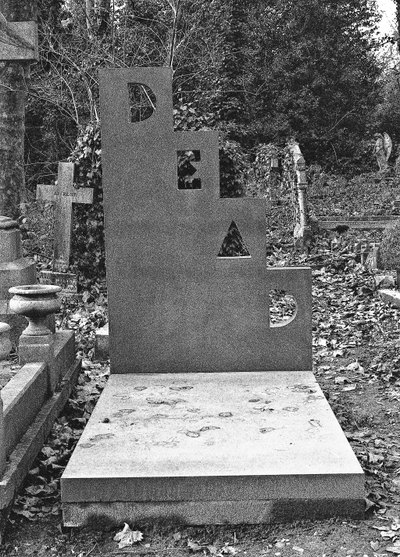
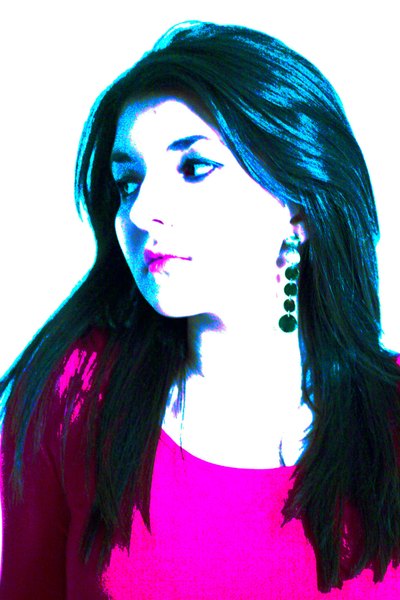

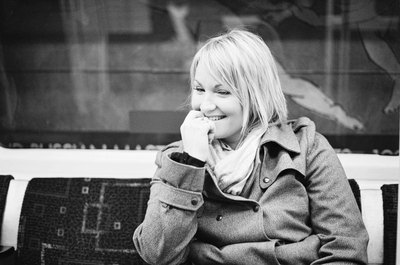
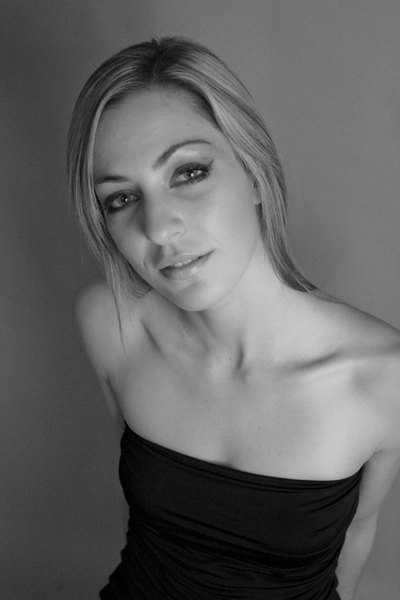
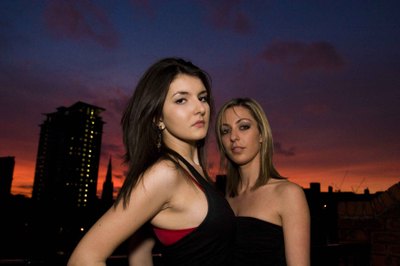
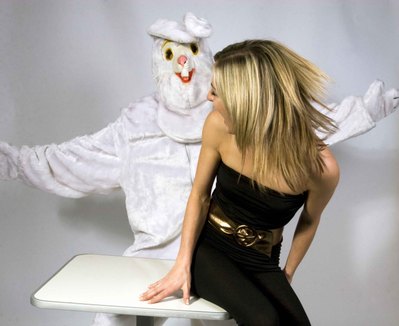
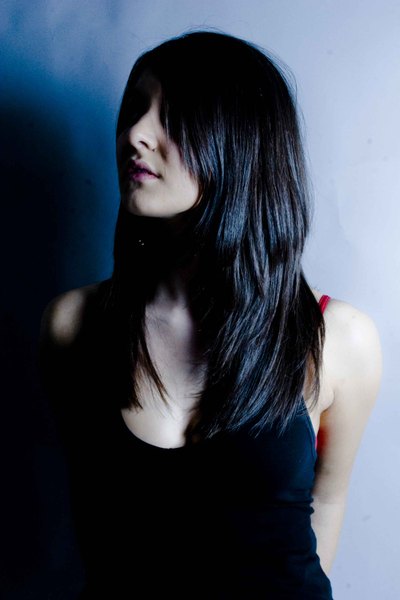
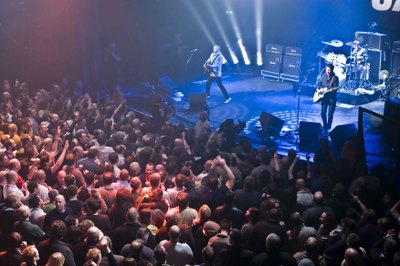
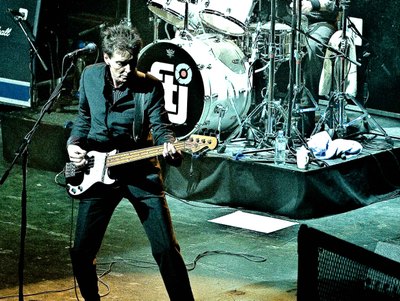
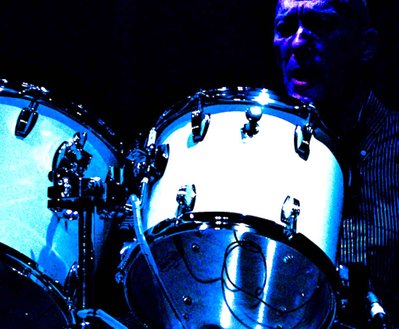
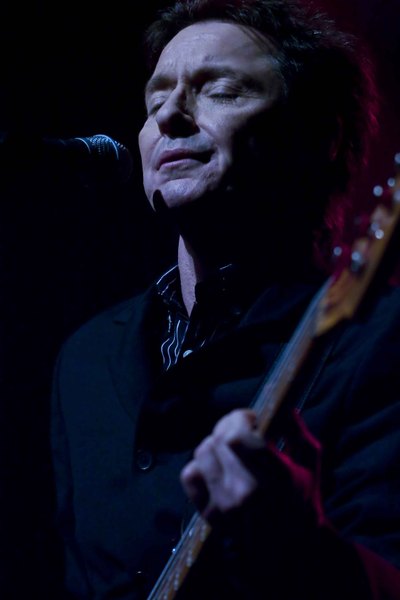
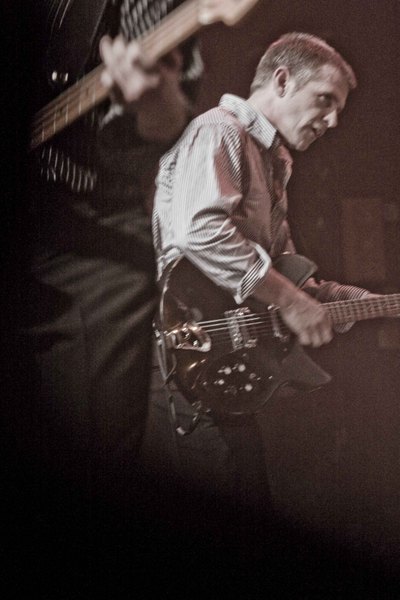
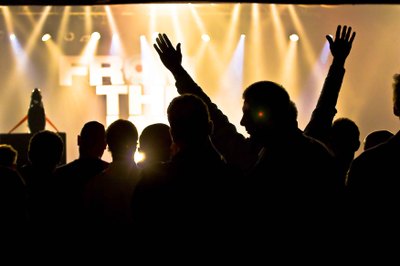
Recent Comments